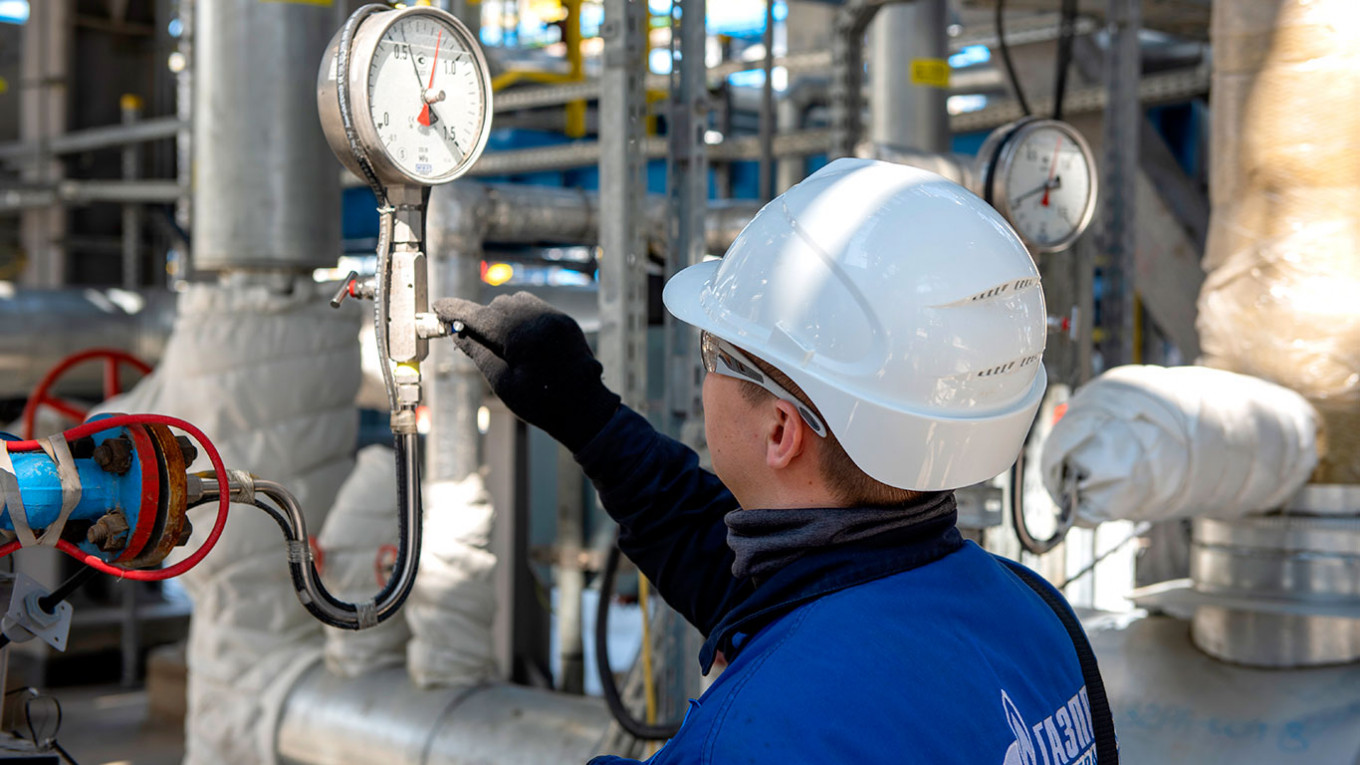Gas distribution installations play a crucial role in the efficient and safe transportation of natural gas from production sources to end-users. As we navigate through an era of increasing energy demands and environmental awareness, the evolution of fluide medical becomes paramount. This article explores the current trends, technological advancements, and future prospects that are shaping the landscape of gas distribution installations.
- Smart Gas Distribution:
The integration of smart technologies is transforming traditional gas distribution systems into intelligent networks. Smart gas distribution installations leverage advanced sensors, real-time monitoring, and data analytics to optimize operations. These systems enable predictive maintenance, enhance safety measures, and provide valuable insights for efficient resource management.
- Renewable Gas Integration:
As the global energy landscape shifts towards sustainability, gas distribution installations are adapting to accommodate renewable gases. Hydrogen and biomethane, produced from renewable sources, are gaining prominence as clean alternatives to traditional natural gas. The integration of these gases into existing distribution networks requires innovative infrastructure designs, ensuring a seamless transition towards a greener energy future.
- Decentralized Energy Systems:
Decentralization is a key trend in the energy sector, and gas distribution installations are no exception. Decentralized energy systems empower local communities by allowing them to generate, store, and distribute their own gas resources. This not only enhances energy resilience but also reduces reliance on centralized grids, fostering a more robust and adaptable energy infrastructure.
- Advanced Materials and Construction Techniques:
The durability and reliability of gas distribution installations are critical factors in ensuring the safety of both the infrastructure and the communities it serves. Advanced materials, such as high-density polyethylene (HDPE) and corrosion-resistant alloys, are increasingly being employed to enhance the lifespan of pipelines. Additionally, innovative construction techniques, like trenchless technology, minimize environmental impact and reduce installation time.
- Safety and Regulatory Compliance:
Ensuring the safety of gas distribution installations is a top priority for the industry. Continuous advancements in safety technologies, including leak detection systems, emergency shutdown mechanisms, and remote monitoring, are enhancing the overall safety profile of gas distribution networks. Strict adherence to regulatory standards and proactive risk management practices are vital in maintaining the integrity of these installations.
Conclusion:
Gas distribution installations are at the forefront of the evolving energy landscape, adapting to meet the challenges of sustainability, decentralization, and technological innovation.
